Overview: What is an Oxygen Concentrator?
Oxygen Concentrators pull in natural room air to produce concentrated, medical-grade oxygen. Natural air, known as ambient air, is compressed and filtered to introduce higher oxygen levels to patients with low blood oxygenation. An O2 concentrator is classified as a medical device requiring a prescription by a doctor to ensure the home or portable unit provides adequate liters per minute of supplemental oxygen.
An oxygen concentrator machine is easy to operate and connects with a cannula tubing port for the patient to wear a nasal cannula or oxygen face mask. With increased oxygen getting to the organs, patients report increased energy and mental alertness for a better way of life. Operating an oxygen concentrator is a cost-effective therapy choice as it produces a continuous stream of supplemental oxygen in comparison to using a refillable oxygen tank.
What Health Conditions May Require Supplemental Oxygen
Supplemental oxygen may be prescribed long-term for patients with lung disease or temporarily as the patient is recovering from a lung condition. Here is a list of common conditions that may require oxygen therapy.
- COPD
- Weak Lungs
- Congestive Heart Failure
- Pneumonia
- Lung Cancer
- Reduced Lung Function Due to Illness, Including COVID-19
- Cystic Fibrosis
What are the Different Types of Concentrator Machines: Portable vs. Home
A Portable Oxygen Concentrator is lightweight, compact, and battery-operated to provide users with independence while receiving oxygen therapy when away from home. It's the go-to travel oxygen concentrator and has a DC power adapter to conserve battery power when traveling in a vehicle. The unit comes with a carry bag with a shoulder strap or a cart for portability ease.
A
Stationary Oxygen Concentrator
is a larger device to be used at home. Its casters make it easy to move from room to room and plug into a wall outlet. It operates continuously when the patient requires 24/7 therapy at higher liter-per-minute flows than its portable counterparts. Discover the top-selling home oxygen concentrators to meet your respiratory needs.
What's the Difference Between Continuous Flow vs. Pulse Flow Machines
A Continuous Flow Oxygen Concentrator is just that, it continually delivers oxygen indiscriminate of the patient's breathing. Continuous flow is measured in liters-per-minute (LPM). This flow is standard with stationary units. Only a few portable machines provide continuous flow and are easy to detect since its slightly larger like the SimplyGo. The SimplyGo POC is carried in a bag. Sequal Eclipse 5 Portable Oxygen Concentrator with autoSAT is another example with continuous flow and its larger frame uses a cart with handle.
A Pulse Dose Oxygen Concentrator is associated with the "carry type" portable units. A pulse burst of oxygen is dispended every time the patient inhales. The pulse doses are measured in bolus output. The O2 machine technology will sense when a patient's breath rate has increased and match the dose accordingly.
Challenges with Continuous and Pulse Flow Technology
There is always a demand for lighter, smaller, quieter oxygen machines. The problem is that the quieter the machine, the bigger it usually is. The smaller devices typically aren't capable of continuous flow and are louder than home concentrators. The reason is that the compressor has to work harder if it is smaller.
If the patient needs a continuous flow stationary unit with an output of more than 5 LPM, there are only a few 10-liter machines capable of this, and will be bigger and louder than 5-liter concentrators. Another consideration is the aesthetics of the unit. Since a stationary unit is designed for the home, many customers have come to regard it as a piece of furniture, rather than just a tool for providing oxygen.
Quick links to comparison charts and studies.
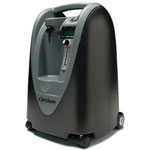

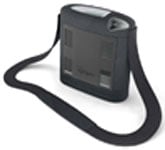
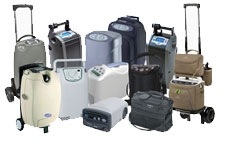
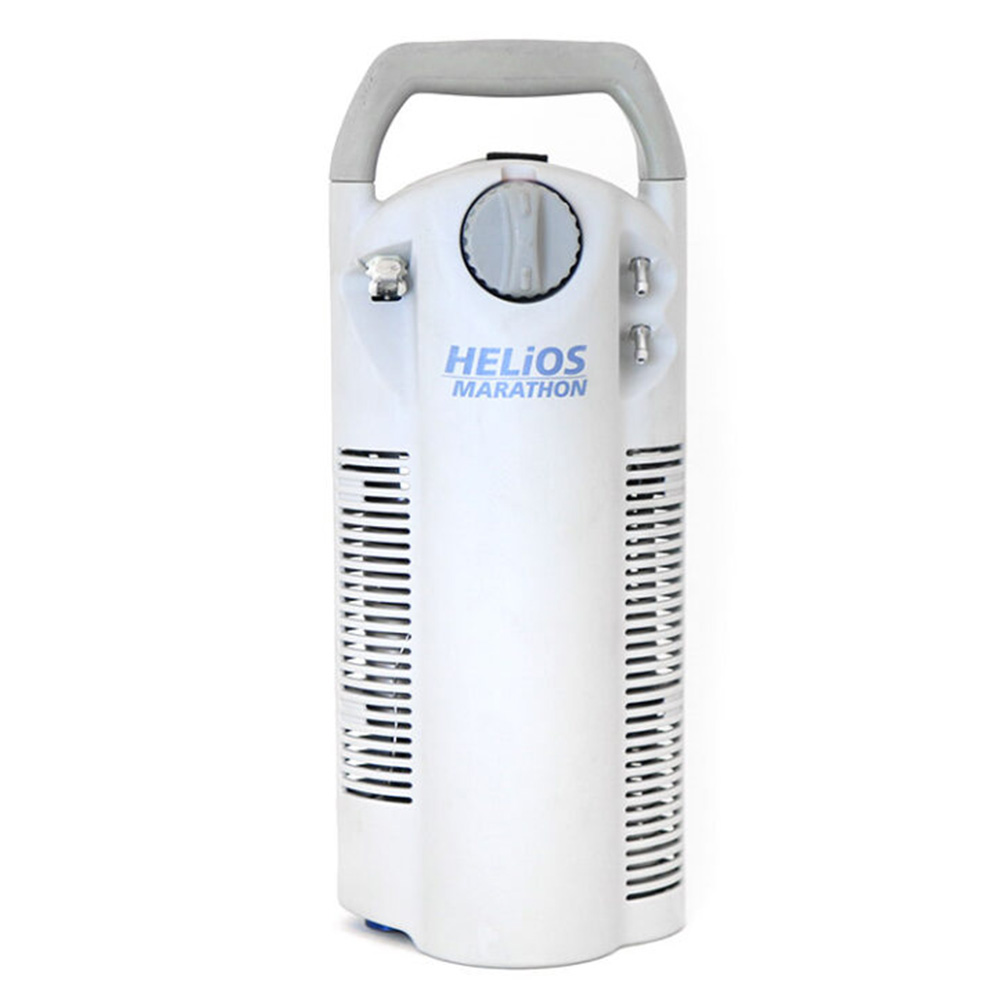
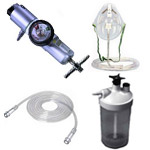
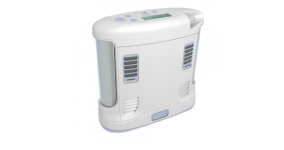
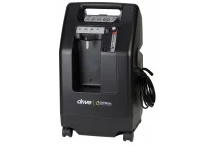
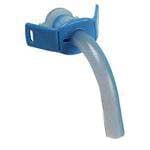
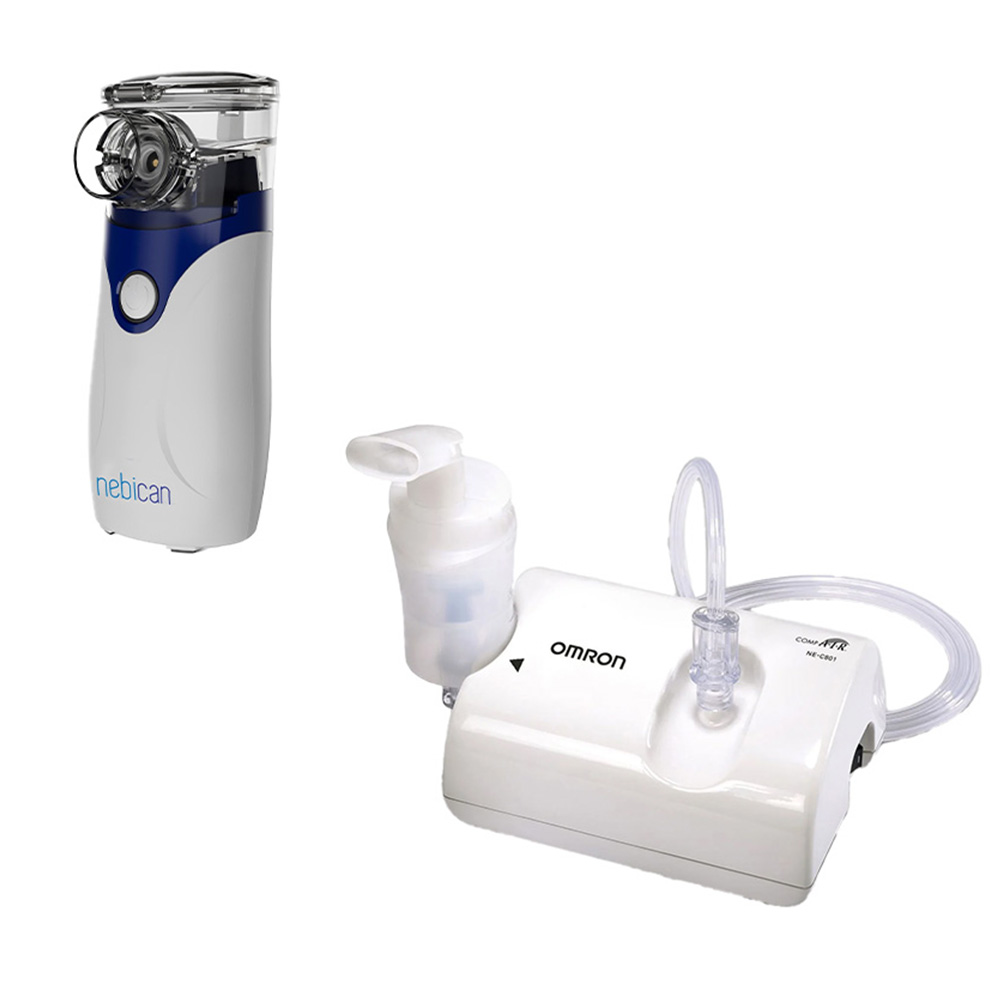
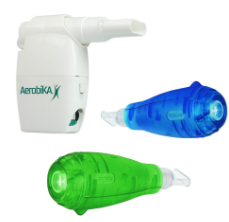
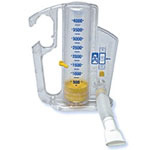
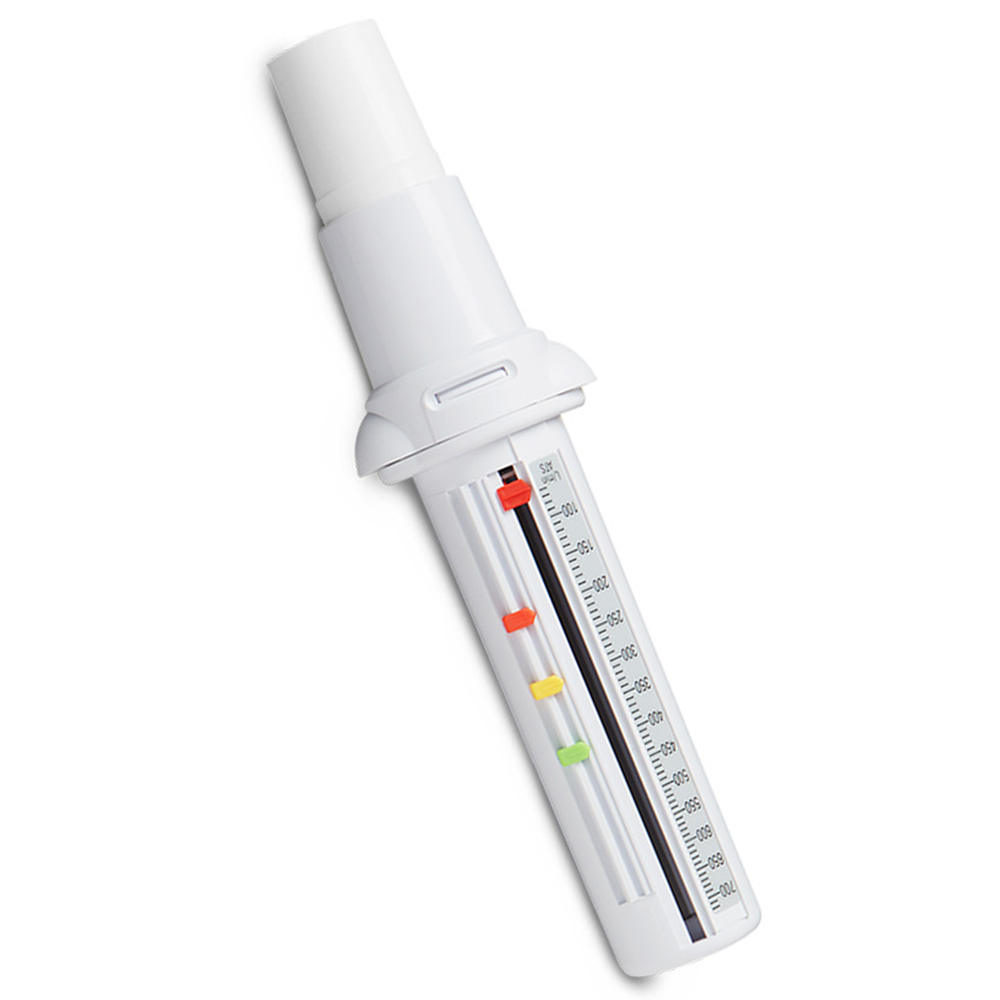
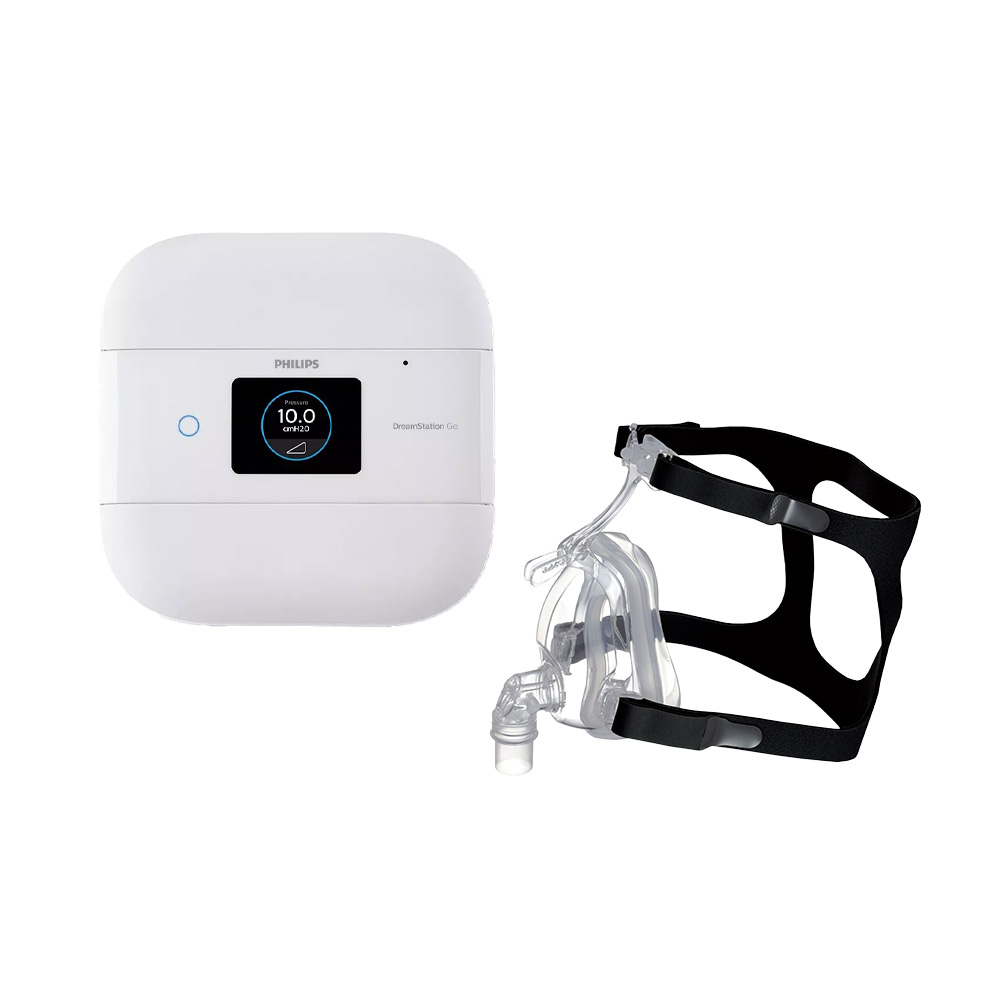
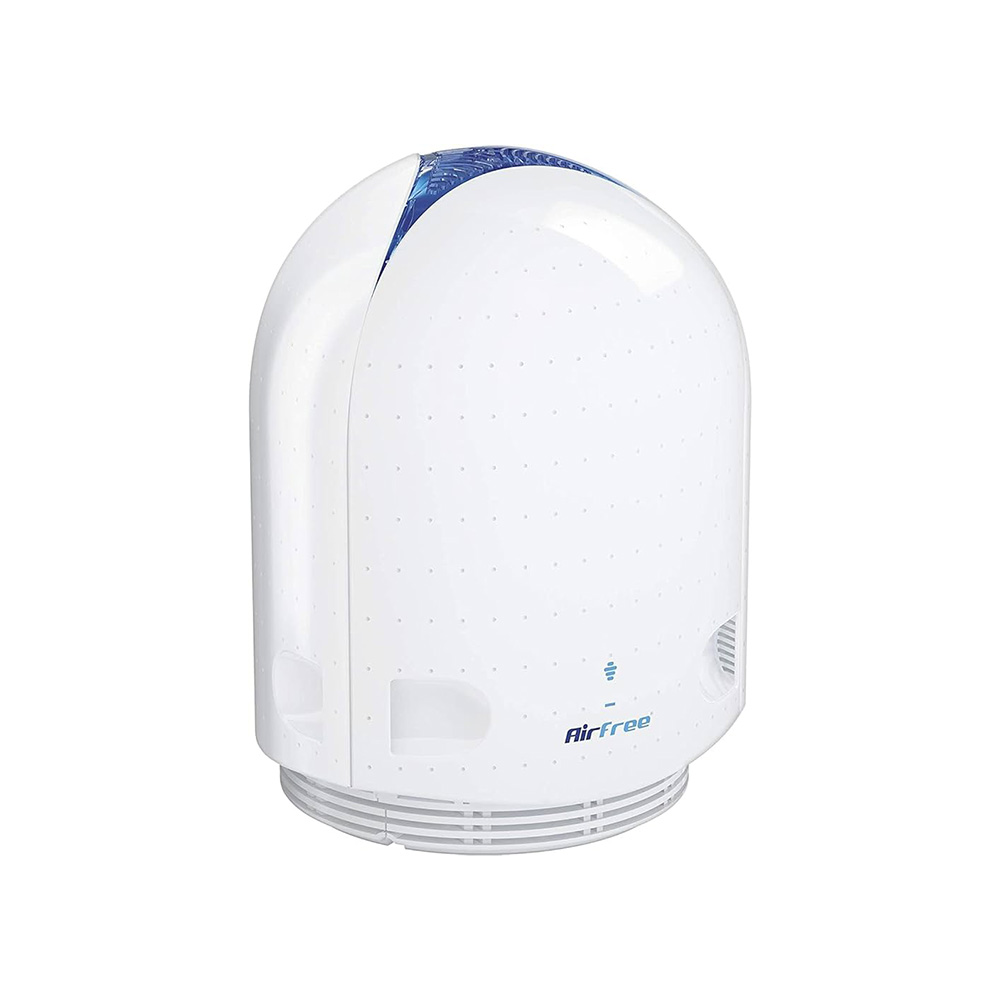
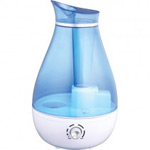
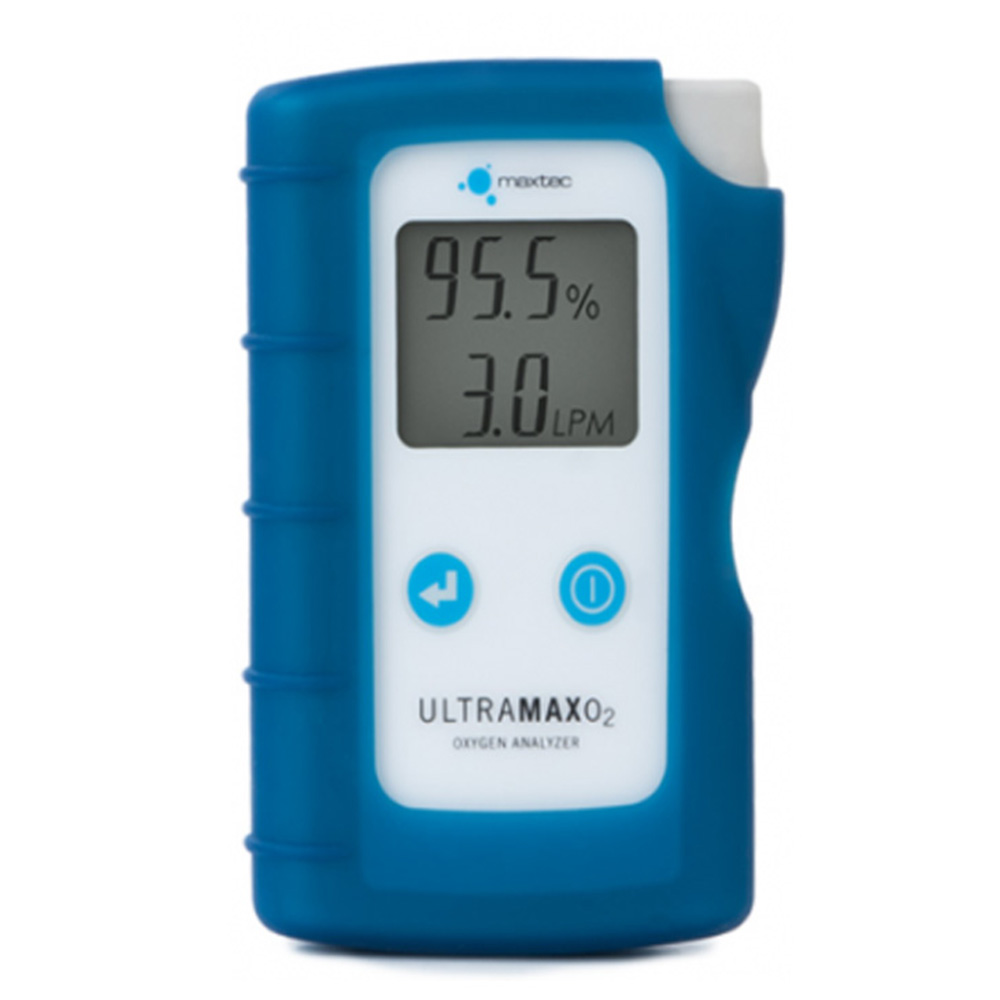
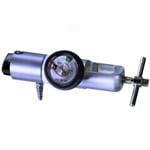
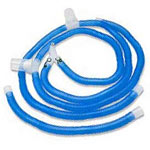
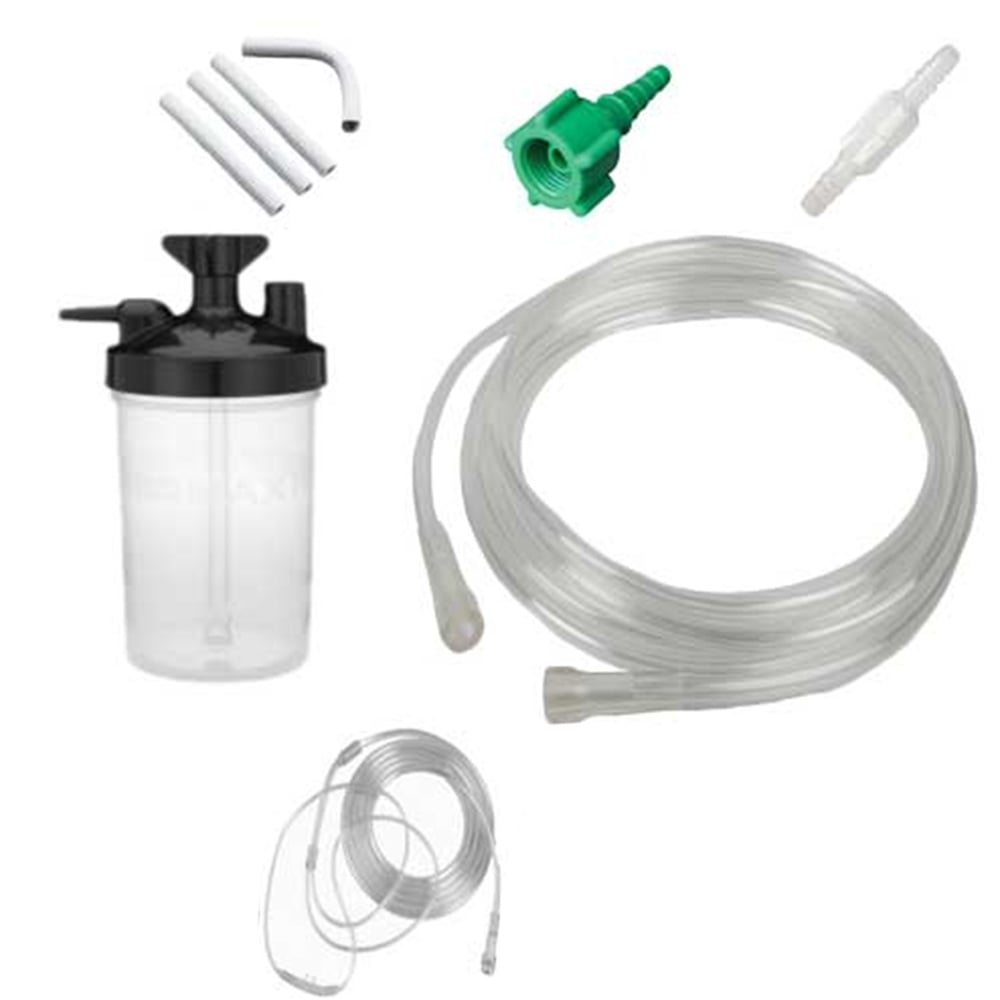

Login and Registration Form